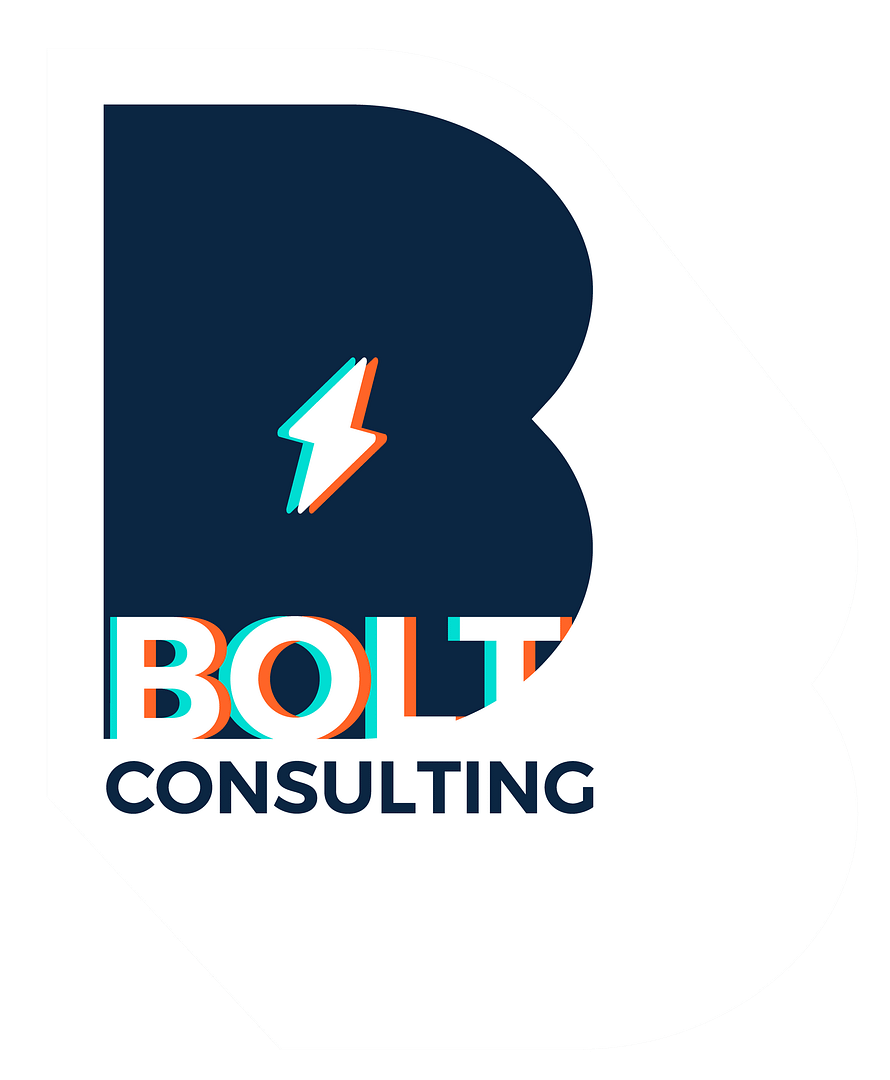There are many different challenges to overcome in order to achieve EPM adoption success. It’s imperative to ensure a strategy is in place to mitigate as many as possible.

Lack of Clear Objectives and Alignment with Business Goals
Failing to define clear, distinct objectives at the outset of implementing an EPM system can lead to a sense of ambiguity within the business. Without well-articulated goals, the system may not effectively measure what is most critical to success or could steer efforts towards less impactful activities. The true potential of an EPM system lies in its ability to funnel energy towards achieving targeted, strategic outcomes. However, this potential remains untapped if objectives are either undefined or poorly conceptualised. A misalignment between the EPM system and the company’s objectives can lead to missed opportunities for optimisation, as the system may not capture significant data insights that are aligned with the primary goals.
Poorly Defined Processes and Data Quality Issues
An EPM system is designed to enhance strategic planning and decision-making by leveraging high-quality data. However, if there is a lack of thorough comprehension of existing business processes, it risks undermining the system’s efficacy from the start. An insufficient grasp of these processes can introduce barriers to identifying and capturing the precise data needed for insightful analysis. Issues with data quality—such as inaccuracies, inconsistencies, and incompleteness — can further derail the effectiveness of the solution. If the foundational data feeding into the EPM system is flawed, the outputs and insights drawn from it can be misleading or, worse, lead to counterproductive decisions. To truly harness the power of an EPM solution, the business must first lay a solid groundwork by thoroughly mapping and understanding its core business processes.
Insufficient User Involvement and Training
The involvement of users is pivotal for the system’s triumph. If users are not wholly engaged during the initial planning and ensuing implementation phases, the project runs the risk of faltering. An EPM system’s success is contingent upon how comprehensively end-users recognise its value and apply it to their business functions. A disconnect between users’ expectations and the actual capabilities of the EPM can result in resistance to adoption. Thus, fostering a culture of active user participation early on is instrumental in ensuring that the system is not only accepted but also effectively utilised to bring about tangible enhancements in performance management.
Complexity and Overambitious Implementations
Project teams must be wary of the pitfalls associated with overly complicated processes or overly ambitious roll-out plans. An endeavour to implement a vast array of functionalities in one fell swoop can inundate the organisation’s resources and capacity for change management. This complexity and haste can breed confusion, operational disruption, and diminished morale among stakeholders. It is therefore essential to exercise restraint in the eagerness to advance rapidly. Leadership should strive to prioritise and clarify key functionalities that align with the immediate needs and strategic objectives of the organisation, thereby mitigating the risks associated with an overwhelming launch.
Inadequate Change Management
In the pursuit of implementing EPM initiatives, resistance to change is a tricky obstacle that can significantly hamper progress. An organisational culture tethered to familiar practices may exhibit resistance when confronted with new methodologies and systems. This stems from a natural human tendency to seek stability and predictability in one’s work environment. When faced with change, especially one that disrupts established workflows, employees may demonstrate scepticism or outright opposition. It’s critical, therefore, that the organisation’s leadership acknowledge these psychological dynamics and deploy effective change management strategies that curtail any resistance by addressing the underlying concerns and fostering a consensual transition.
Incompatible Technology Infrastructure
When incorporating an EPM system into any technological framework, compatibility with existing infrastructure is paramount. Discrepancies between the EPM system and other systems like Enterprise Resource Planning (ERP), various databases, and other key applications can become formidable roadblocks. Such incompatibility issues crop up during integration efforts, often resulting in a tangled web of technical challenges that can sap the efficiency the incoming solution was meant to bolster. If these systems can’t communicate seamlessly or share information effectively, then data silos emerge, and processes that should be streamlined become needlessly complex. It hampers not just daily operations but also the strategic value the EPM system is supposed to offer, potentially stalling the very performance management improvements it seeks to drive.
Vendor Selection Issues
Deciding on an inappropriate vendor or endorsing a solution that falls short of specific prerequisites can be a substantial contributor to suboptimal outcomes. Such an oversight can cast a long shadow over the anticipated benefits of the system, turning what was intended as a strategic asset into a notable liability. The repercussions of ill alignment are multifaceted: it may not only stifle the productivity but also impose unnecessary costs and complications. It’s therefore imperative to avoid hastily choosing an EPM vendor without a meticulous evaluation of how well their offering harmonises with your organisation’s distinct needs.
Inadequate Performance Measurement
Lack of clarity when it comes to defining success metrics for an EPM solution can lead to a troublesome lack of accountability. Without explicit criteria for what constitutes success, it becomes challenging to ascertain whether the EPM solution is delivering the intended value or falling short of expectations. This ambiguity can result in a nebulous understanding of the system’s contributions, stymie efforts to optimise its use, and ultimately deter continued investment in the tool. It’s critical that from the outset, key performance indicators (KPIs) are established in line with the organisation’s strategic objectives, thus providing tangible benchmarks against which the EPM’s effectiveness can be gauged.
Budget Overruns and Resource Constraints
Allocating an insufficient budget and encountering resource constraints during the deployment of an EPM system can thwart the project’s success, leading to incomplete implementations or hampered system functionalities. These limitations can force the business into making undesirable trade-offs that could compromise integral features or necessitate skimping on vital aspects such as customisation, testing, or end-user training. It is a daunting scenario that might leave the EPM system short of meeting it’s objectives, thereby diminishing its effectiveness as a tool for performance management and negating the investment made. Therefore, securing sufficient funding and resources from the outset is crucial to ensure that every stage of the EPM project—from planning through to execution and post-implementation support—is fully catered for without cutting corners.
Failure to Adapt to Evolving Business Needs
Navigating the labyrinthine world of modern business with its ever-shifting landscapes requires a compass that remains true north regardless of the terrain—this is precisely what an EPM solution should offer. However, forging ahead without ensuring the system is equipped for evolution is akin to charting a course on seas without accounting for changes in the direction of the winds. Organisations must recognise and prepare for the dynamic nature of their business environment; failure to do so converts today’s robust EPM solution into tomorrow’s relic. Without the capacity to adjust and grow in line with emerging business needs and market trends, an EPM system risks becoming redundant, casting a shadow over its initial promise and leaving a company wrestling with obsolescence.
To mitigate the aforementioned risks, it is imperative that organisations undertake comprehensive planning, ensure the proactive involvement of key stakeholders, give precedence to user training and engagement, and maintain an ongoing process of evaluation and adaptation of their EPM strategies, informed by feedback and the ever-changing landscape of business necessities.
In our upcoming content, we’ll delve into the potential steps that can be undertaken to overcome these challenges. Do join us again next week for further insights.
We create solutions tailored to your individual needs.
Unbiased Advisory
We take pride in delivering impartial and objective guidance, we prioritise your best interests, offering transparent and impartial advice that aligns with your unique needs and goals. You can be confident that our recommendations are based on what is right for you, ensuring a reliable and trustworthy partnership.
A Partner Through the Entire Journey
Count on us as your trusted delivery partner in your solution lifecycle. We take great pride in our commitment to delivering services with the utmost integrity and reliability. Our dedicated team of experts is here to provide you with transparent and impartial guidance, ensuring your delivery needs are met seamlessly.
Upcoming Content…
In the coming weeks, we will add further content with insights into the mitigation measures that can lead to successful navigation of the journey to realising your EPM goals!
Ready to discuss how we can help you?
If it sounds like we can help you it’s time to have a chat. Get in touch with us via one of the methods below.










